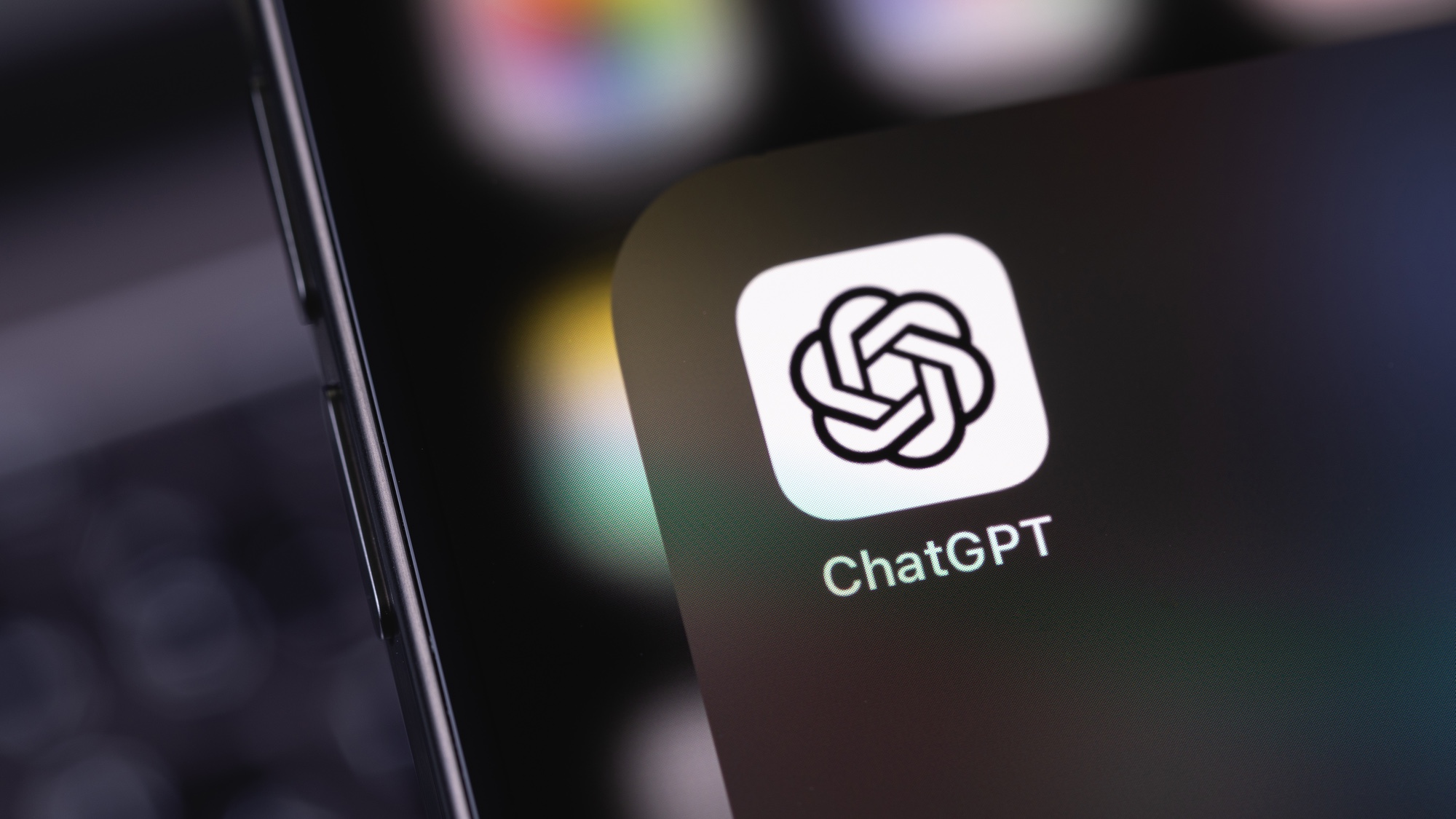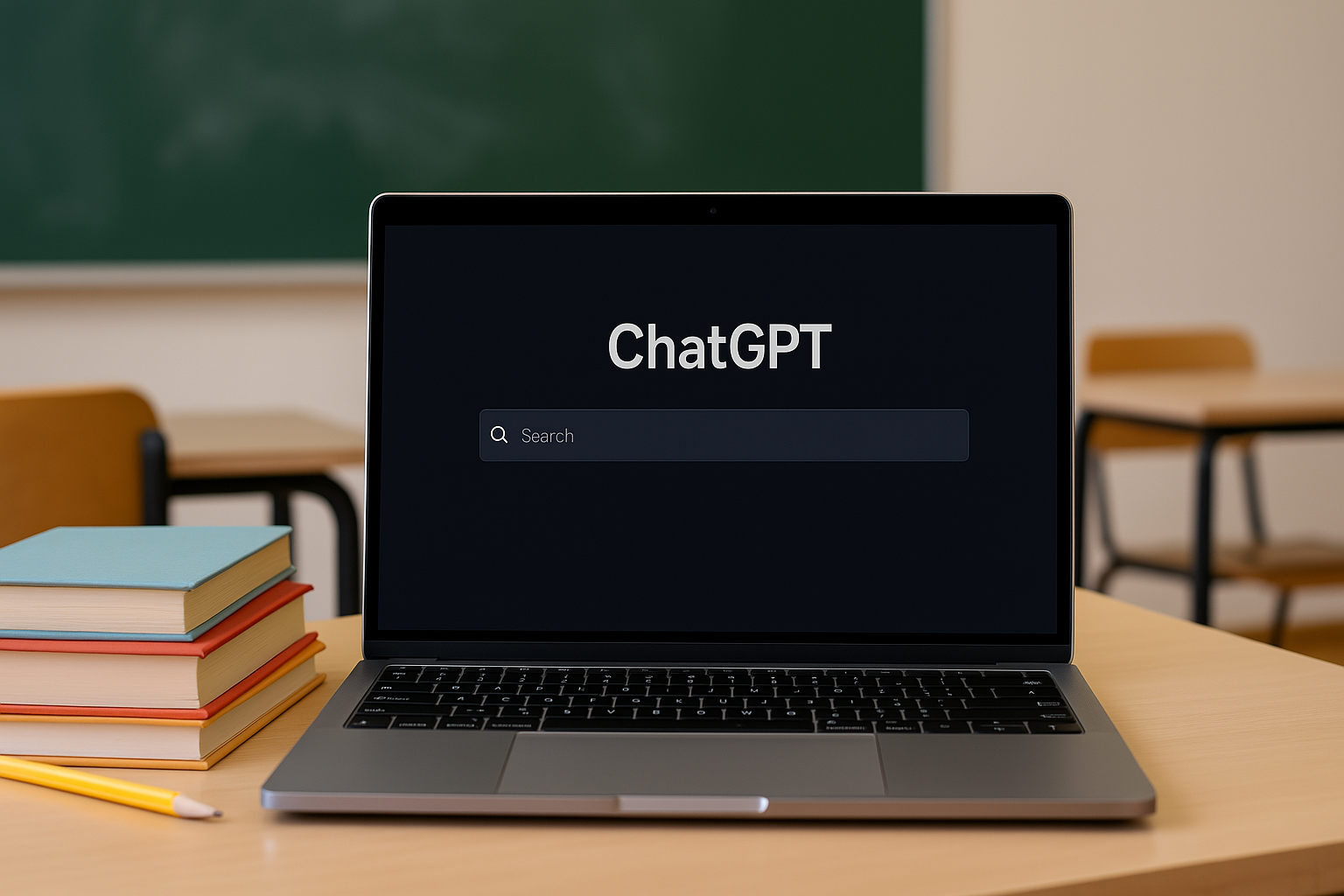OpenAI supercharges ChatGPT with Deep Research mode for free users — what you need to know
Lightening the load

OpenAI is releasing yet another update for ChatGPT that's going to benefit users of the AI chatbot. This time, the focus is on its deep research mode, bringing in a new lightweight version that's cheaper but not quite as powerful.
The good news is that even free users will get access to this lightweight mode, although they'll be limited to just five queries a month while using it.
Creating a new kind of deep research tool is an attempt from OpenAI to reduce the heavy usage of existing deep research modes it's seeing from users. These kinds of queries can be more expensive for AI providers to execute, due to their process of running more complicated commands and returning more information.
In a post on X announcing the news, OpenAI stated, “We’ve noticed many of you love using deep research, so we’re expanding usage for Plus, Team and Pro users by introducing a lightweight version of deep research to increase current rate limits”.
All Plus, Team, and Pro users now have expanded usage of deep research. Enterprise and Edu users will get access the following week, and will have the same usage levels as Team users.The lightweight version of deep research is starting to rollout today to all Free users.…April 24, 2025
All plans (except the free version) will still use the more advanced version, but there is a limit to the number of prompts you can do on it before being moved to the lightweight version.
Plus, Team, Enterprise, and Education users get 25 deep research queries a month while Pro users get 250. As mentioned, free users just get five and the limit resets each month.
What is lightweight deep research?

Deep research is a tool that a lot of AI chatbots have begun to introduce recently. As the name suggests, these tools allow the AI to produce more thorough answers by pouring more time, effort, and resources into a prompt.
Sign up to get the BEST of Tom's Guide direct to your inbox.
Get instant access to breaking news, the hottest reviews, great deals and helpful tips.
This can be for everything from learning a new skill to completing a report or building out a comprehensive gym routine based on the latest research. This, however, requires the model to look through articles, papers and research, as well as producing much longer answers.
The lightweight version of deep research is powered by a version of OpenAI o4-mini and is nearly as intelligent as the deep research people already know and love, while being significantly cheaper to serve.
OpenAI
This can all be a huge drain on resources, especially when done millions of times. That’s where this lightweight alternative comes in.
“The lightweight version of deep research is powered by a version of OpenAI o4-mini and is nearly as intelligent as the deep research people already know and love, while being significantly cheaper to serve,” OpenAI explained.
With this version, responses will typically be shorter while maintaining the depth and quality of deep research.
Is ChatGPT the only place for deep research?
The advent of deep research tools has seen a rollout across a lot of chatbots now. Google Gemini offers deep research, with its most powerful version being available through Gemini 2.5 Pro. This is the best known alternative to ChatGPT’s deep research.
However, the same technology is available through Perplexity, and will likely be seen in other chatbots in the near future.
While it can sometimes be available on free plans, it is usually hidden behind a paywall or limited to a certain number of prompts each month.
More from Tom's Guide
- I just tried Perplexity’s new iOS assistant — and now I’m ditching Siri for good
- I tried these 7 Gemini Live prompts — and the results blew my mind
- Help Tom's Guide - your chance to win a $250 Amazon gift card

Alex is the AI editor at TomsGuide. Dialed into all things artificial intelligence in the world right now, he knows the best chatbots, the weirdest AI image generators, and the ins and outs of one of tech’s biggest topics.
Before joining the Tom’s Guide team, Alex worked for the brands TechRadar and BBC Science Focus.
In his time as a journalist, he has covered the latest in AI and robotics, broadband deals, the potential for alien life, the science of being slapped, and just about everything in between.
Alex aims to make the complicated uncomplicated, cutting out the complexities to focus on what is exciting.
When he’s not trying to wrap his head around the latest AI whitepaper, Alex pretends to be a capable runner, cook, and climber.
You must confirm your public display name before commenting
Please logout and then login again, you will then be prompted to enter your display name.









